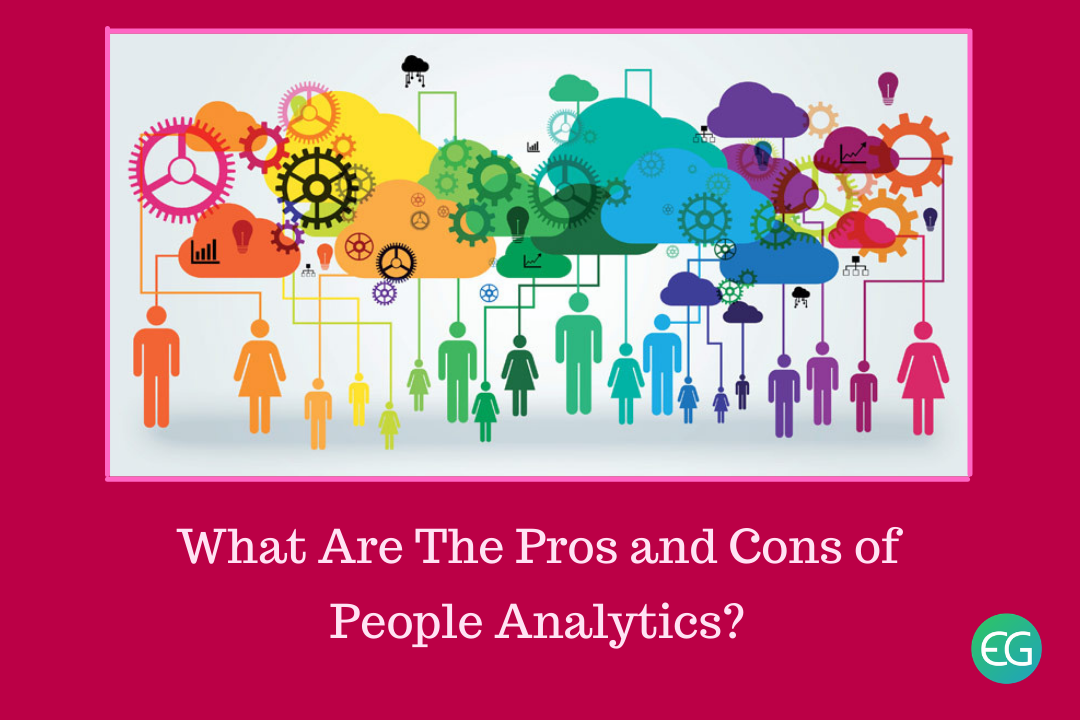
People analytics are often defined because of the deeply data-driven and goal-focused method of studying all people’s processes, functions, challenges, and opportunities at work to elevate these systems and achieve sustainable business success. The active use of advanced analytics can improve the way organisations identify, attract, develop, and retain talent dramatically. However, many organisations still make those decisions supported by instinct and intuition. People Analytics will help recruitment managers unlock the facility of data—increasing rigor, reducing bias, and improving performance.
People analytics is usually mentioned as talent analytics or HR analytics also. Essentially, gathering and assessing people analytics results in better decision-making through the appliance of statistics and other data interpretation techniques.
People analytics is helping managers everywhere in making better hiring decisions and improved retention utilising smarter, strategic, and data-backed talent decisions closer at hand.
People analytics has evolved considerably from when it had been first utilised in organisations within the mid-1900s. Since, there has been a very imminent transition from prescriptive analytics to predictive analytics, with which organization can now be better prepared to face the dynamism of their operational environment and be proactive instead of reactive. for instance, sophisticated data science, interactive data visualisation, and machine learning – all integral parts of people analytics today – were nowhere a neighbourhood of the method until a couple of decades ago.
Pros Of Using People Analytics:
Employee retention is essential
One of the most common and validated applications of people analytics is reducing turnover. When companies specialise in a particular position or group of workers, the effect is most noticeable. Targeted retention based on people analytics can minimise turnover significantly.
Observing the mixed effects of reduced manager turnover in all of our clients, for example.
Achieve fair pay
Organizations can achieve equal pay by analysing and maximising compensation processes. People analytics can be used to evaluate potential applicant offers, counter-offer considerations, and promotions.
This feature helps the team to compare salary profiles, bonus scores, performance reviews, and employee characteristics to those on the same team or in similar roles in real time. It also gives you a leg up on the competition when top applicants are considering several job offers or when high performers are considering leaving.
Hiring
Organizations may use talent management analytics to define characteristics that lead to long-term, high-performing employees. It can help companies figure out where they get their best candidates and whether or not they’re losing people along the way.
This allows companies to get the most out of their recruitment budgets and, as a result, their candidate pipeline. It can also pinpoint the right qualities for potential applicants, allowing you to get the most out of your recruitment budget.
Learning and development
Companies may use people analytics to improve the modes and sources of preparation. Organizations can ask the right questions and get the right answers using learning analytics that connects the effect of coaching and growth on business outcomes.
With people analytics, Pitney Bowes decides which items their workers have learned how to use. Managers may use this to see if an employee has completed the necessary training before sending them on a tour.
Increasing diversity
For companies, diversity can be extremely beneficial. Analytics may help businesses understand how to better solve problem areas, from answering questions about the state of diversity in a company and throughout the employee lifecycle to recognising areas where intentional or unintentional bias can be present. Organizations can gain a better understanding of their diversity programmes by using people analytics.
Cons Of People Analytics:
Data privacy
Obviously, HR departments must adhere to their country’s data privacy laws.
Companies who fail to adequately secure employee personal data or are found to be misusing personal data face stiff penalties of up to €20 million or 4% of annual global turnover, whichever is greater.
Security from data breaches
HR data must be adequately secured and shielded from attacks in this tougher regulatory environment (not to mention the repetitional fallout of high-profile data breaches). If you assume that no one will be involved in stealing information about your employees (as opposed to, say, consumer credit card information), you’re wrong. Health data is 10 times more important to criminals than credit card data, which might surprise you. So the lesson is that data of any sort can be useful if it includes personally identifiable information.
Knowing how to avoid legal pitfalls
HR departments must not only follow the legislation but also adhere to the company’s ethical guidelines when it comes to data use. Nowadays, most businesses place a premium on an open and truthful community. If the data-driven HR activities go against the culture – for example, by clumsily executing data initiatives or failing to communicate how data is used – it could result in major morale and confidence issues.
As a result, one of the most important pieces of advice I offer to companies is to be transparent. Transparency on what employee data is being collected, why it’s being collected, and how it’ll be used.
It’s also critical to provide value to workers and highlight the benefits of using their data. People are much more willing to have their data used if they believe they can get something in exchange, whether it be improved working conditions, more efficient management, a cleaner climate, or something else.
Governance is essential
Good data governance will help ensure that your HR data remains a valuable asset rather than a liability. Here’s an example of what effective data governance looks like in the real world:
- If you haven’t done so already, establish data governance procedures.
- Obtain employee data consent.
- Keep a close eye on your data use.
- Minimize the data wherever possible.
- Data should be anonymised
- Keep your data safe and protected.
